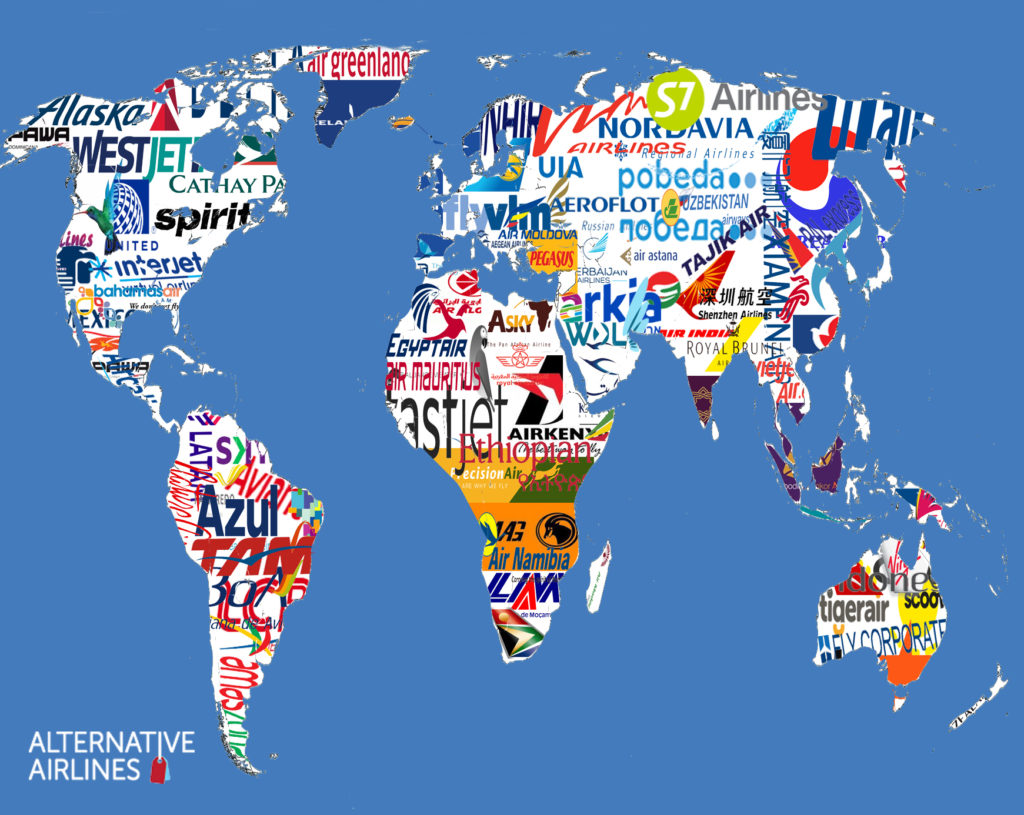
In 2020, the operations of airlines were shattered. Over 60% of commercial aircraft in the world have been grounded. While floats were leaving the aircraft storage facilities to spend months at the warm, dry desert sunshine.
The International Air Transport Association warned in April 2020 that 25 million jobs were in danger of collapse because of COVID-19 demand for air services. The Effect of the COVID-19 pandemic leaves the international airline sector with a colossal loss of US$371 billion of gross passenger income by 2020 with another predicted loss of US$286 to US$317 billion by 2021.
Due to this devasting event in the airline industry, you could expect certain big names to disappear from the sky. The Aviation Centre, CAPA, lists only 34 non-surviving airlines in 2020. However, 46 commercial airlines fail in 2019 and 56 in the year before according to travel data company Cirium.
Most victims for 2020 were smaller airlines, which only operate a few routes, but several financial carriers, including Tigerair Australia, failed to observe the end of the year. In addition to four full-service operators, CAPA also included nine new regional and cheap carriers which entered the market in 2020.
But some of the major airlines, including Alitalia, South African Airways and Thai Airways, faced a financial headwind, have seen their decline accelerate and have been only kept airborne by major cash supplies from their governments. According to the Australian Financial Review, taxpayer support for Qantas since the beginning of the pandemic has risen to nearly $1.5 billion.
China is the only country in which domestic air routes have a larger number of travellers than in 2019. China’s domestic air travel trend had been higher than October 2019 as early as October 2020. In mid-January 2021 there was a drop-off when China entered the lock-up, but by March more domestic air passengers travelled in China than in March 2019.
The US, a fast mover
Air travel is closing at pre-pandemic levels of 2019, according to the United States Bureau of Transport Statistics. In the past week of June 2021, 185,895 US airports departed. In 2019, the figure was only 17.836 higher for that same week. For the same week in 2020, the figure for 2021 is almost double that for 2020. Further evidence of US air travel returns was two-thirds below the figure for 2019 during the first week of 2021.
Isolating domestic departures from international shows an even greater return to normalcy. The figure of 167,928 domestic flight departures in the last week in June 2021 was just 2867 short of domestic flight departures for the same week in 2019.
Europe lags
According to the European air traffic control organisation EUROCONTROL, there was 48% less air traffic over Europe in the week ending June 23, 2021, than in the same week in 2019. However, the 18,094 flights represent a 16% increase in traffic over the one-week figure recorded at the beginning of June. It’s also the highest one-week figure since March 20, 2020, indicating that airline travel is quickly recovering.
On June 23, 2021, the ten busiest European airlines were operating roughly half as many flights as on the same date in 2019. Turkish Airlines was one of the least affected, operating one-third fewer flights on June 23, 2021, compared to the same date in 2019, while Turkish low-cost carrier Pegasus performed even better, down by only 15%.
Greece had the fastest recovery in air traffic over the two-week period preceding June 23, with a 41% increase, reflecting a surge in holidaymakers. Over that time period, the UK and Norway experienced the slowest recovery, with both rising by only 5%. In the case of the United Kingdom, this likely reflects ongoing concern about the Delta variant’s dominance in that country. Further evidence of the problem, London’s Heathrow was the tenth busiest European airport in the week of June 16-23, 2021, with two-thirds less average daily air traffic than in the same period in 2019.
Before the pandemic, Heathrow was Europe’s busiest airport, a position it had held for decades. Meanwhile, Istanbul’s new IGA Airport was Europe’s busiest airport, ahead of Amsterdam’s Schiphol, Frankfurt and Paris’ Charles de Gaulle.
Australia
According to the Bureau of Infrastructure and Transport Research Economics, 3.8 million passengers used Australia’s domestic aviation services in April 2021. This is 70% of the number carried in April 2019 and more than ten times the number recorded in April 2020, following the pandemic’s first shockwave. With 463,000 passengers in April 2021, air travel between Sydney and Melbourne is once again the busiest route in the country. However, this is a significant decrease from 2019, when more than 830,000 people travelled between the two cities on a monthly basis, making it the world’s fifth busiest air route.
The most significant shift is in international passenger movements. Australia recorded only 832,000 international arrivals and departures in the fiscal year ending April 2021, a 98% decrease from the fiscal year ending April 2020. Despite the drop, international passenger traffic was nearly 50% higher in April 2021 compared to April 2020.
The recovery may be fleeting as the government reduces the number of international arrivals, prompting predictions that some airlines will offer fewer services to and from Australia. The trans-Tasman bubble, which began in April 2021, is responsible for most of the recent increase. However, the latest requirement for Australians to have a negative PCR test before flying to New Zealand puts another damper on the trans-Tasman route, potentially resulting in fewer flights.



 share
share





































